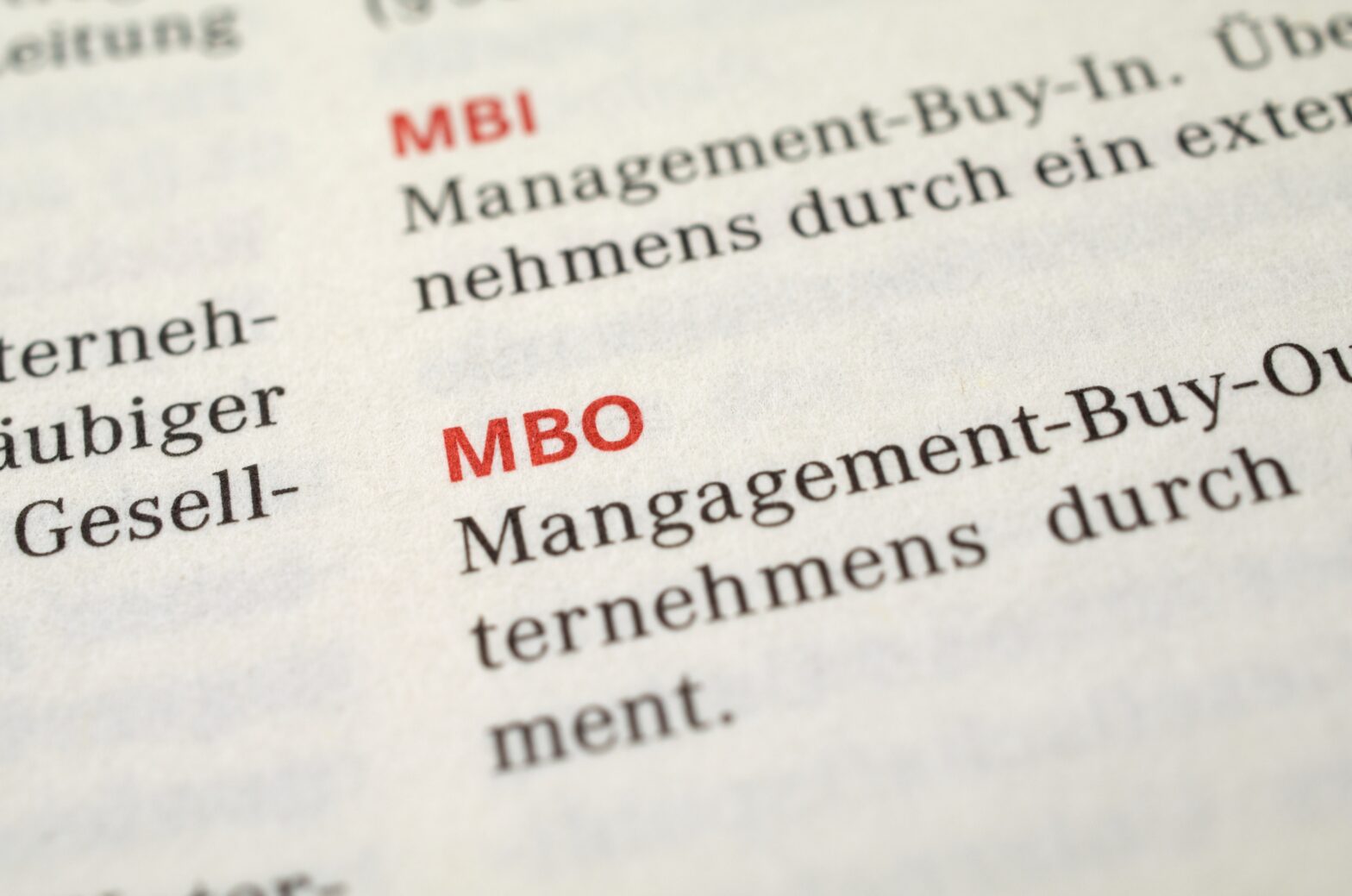When dealmakers discuss India, the two words that repeatedly crop up are “exciting” and “compelling”, which is a fairly accurate description considering that the Indian economy has grown at an average of 8.8 per cent over the last four years, according to the India Brand Equity Foundation (IBEF), a public-private partnership between the Indian government and the Confederation of Indian Industry.
The economic growth prospects of India aren’t likely to plunge any time soon, says ratings agency Standard & Poor’s, forecasting average growth of more than seven per cent in the medium term. The data analyst announced last month that the strength of the economy was underpinned by factors such as a dynamic service sector, gradual deregulation of industrial sectors, continued trade liberalisation and modest improvements in infrastructure.
“Growth is also benefiting from higher consumption and private investment demand, due to a growing middle class and favourable demographics,” say analysts at S&P.
This growth story has caused a number of cash-rich and confident Indian acquirers to embark on overseas acquisitions. Raj Karia, partner at international legal practice Norton Rose, which has advised on a series of Indian deals recently, notes: “The economy has been doing really well, and Indian companies have been generating large amounts of cash and using it to go after international businesses.”
This acquisition spree ranks India as one of the world’s largest investors in UK M&A. This can be seen not only in the headline deals being struck by Indian giants, such as Tata, which acquired Jaguar Rover from Ford for £1.14 billion this year, but also in the international deals eagerly closed by mid-market Indian ventures.
In the first nine months of the year, there were ten announced cross-border transactions involving Indian acquirers and UK mid-market targets, according to data sourced by mergermarket. The total value of these deals was £554 million, up from six deals worth £105 million in the corresponding period last year.
Forecasts from professional services firm KPMG suggest that global outbound acquisitions are likely to remain strong.
Foray into finance
Earlier this year, Indian financial services firm Religare Enterprises bought the UK’s oldest broking house, Hichens, Harrison & Co, in a cash deal worth £55 million. Religare’ saw the transaction as a means of strengthening its international presence overnight through Hichen’s operations in the Middle East and Africa.
Bringing the stockbroker into the fold will also enable Religare to capitalise on the growing number of aspirational Indian corporates looking to raise funds on international markets, such as AIM.
Norton Rose advised Religare on the legal aspects of the transaction. Karia notes: “India’s largest stockbroker has seen rapid growth organically and matured in the domestic market with some 1,500 outlets. It wanted to expand outside of India, so acquisition was the answer.”
Although the Hichens acquisition was a straightforward cash offer of 285 pence per share and was completed within three months, Karia explains that Indian acquirers on the hunt for a bargain in the UK can face the same issues as Western dealmakers, namely volatile valuations and restrictions on credit.
“Indian acquirers are making sure that valuations have got to the point where they feel justified in doing the deal,” he says. “The credit crunch is having much the same effect on the Indian market as on Western economies, as Indian banks and companies are starting to slow down. The availability of credit is an issue, even if you are cash rich, as acquisitions often have a debt component.”
Related: India – Still a land of opportunity for business
By law, Norton Rose was required to make an application to the Financial Services Authority to approve Religare as a suitable controller of a regulated business in the UK.
Hichens doesn’t appear to be the end of its foray into the UK’s financial services sector, as Religare recently announced its plans for a rights issue to raise fresh funds. The company has stated that it will use the proceeds to “propel its future growth plans, both international and domestic”.
Religare is now in talks with Alexandra Fund Management to acquire a majority stake in Lotus India Asset Management.
Foreign investment into India
In the first six months of the year, India recorded a 99 per cent jump in foreign direct investment (FDI). FDI equity inflows to July 2008 shot up to US$24.2 billion, compared with $12.1 billion over the same period last year, according to data from the Reserve Bank of India.
India is catching up with fellow BRIC nation China, as overseas investment surged to $22 billion from 2006 to 2007 and to $32 billion the following year, while China has averaged $50 billion annually over the past decade.
Markets attracting the highest levels of investment from April 2000 to July 2008 were the services sector (both financial and non financial); computer software and hardware; and construction, including roads and highways. India’s largest investors during the corresponding period were Mauritius ($30.2 billion), Singapore ($5.8 billion), the US ($5.5 billion) and the UK, which has positioned itself as India’s fourth largest trading partner, with bilateral trade topping almost $4.8 billion.
Inbound deals
In June, international engineering group Renold Plc made a push into India with the acquisition of a 75 per cent stake in LG Balakrishnan’s industrial chain division. The deal will see the Manchester-headquartered manufacturer pay up to £8.5 million for the Indian business based in Tamil Nadu. The acquisition was funded through a share placing on the Main List in June.
Peter Bream, Renold FD, says: “The group had been aware of LGB for a number of years, but formal discussions for its industrial chain division only began in December 2007.”
Bream is emphatic that the deal was not a cost-cutting exercise for the global chain manufacturer, rather one that will boost the company’s presence in the subcontinent, giving it a base to expand its distribution into the domestic market. “We have sold into India for a number of years. We only had a small presence in the country and this deal takes us to market leadership in a single step,” says Bream.
He adds: “The transaction also gives us access to a modern manufacturing operation: Indian engineers are highly regarded and Indian steel is of high quality. Having English as a common language definitely makes the transaction and subsequent integration in the Renold Group easier.”
Bream cites bureaucracy, a well-known obstacle to foreign manufacturing investment, as one of the challenges that had to be overcome during the dealmaking process. “It was frustrating, and this was borne out in the time taken to obtain the various licences and approvals that were needed,” he notes.
Last year, the manufacturer made an acquisition in China, which added a low-cost manufacturing facility to the group. In a comparison of the two targets and their locations, Bream notes: “India appears to be behind China in terms of development, certainly in infrastructure. It is less established – but it’s a great opportunity.”
Indian companies floating on AIM
The ambitions of Indian corporates can be seen on the small-cap market AIM, where growth companies are aspiring to become market leaders in their business segments not only in India, but also worldwide. There are currently 23 Indian companies listed on AIM, and they have raised a total of £1.9 billion on admission, according to London’s junior market.
June saw a flurry of activity on the market as four Indian ventures, Indus Gas, OPG Power Ventures, KSK Emerging India Energy Fund and Mortice, took the plunge in icy markets, raising an estimated $387 million between them.
KSK, an investment company focused on making deals in the Indian power and energy sector, raised $200 million for its acquisition war chest – at that time one of the largest IPOs of the year.
The company’s AIM admission document states: “As the Indian economy grows, the requirement for private investment in the power and energy sector has, and will, become more acute. As predicted in a report by the Confederation of Indian Industries and KPMG in 2007, the rapidly growing Indian economy will require investment of approximately $120 billion to $150 billion, over the next five years, into the power and energy sector.
“Accordingly, the government of India has introduced investor- friendly policies for the energy sector, policies which have resulted in an increase in private investment into oil and gas exploration and power generation.”
KSK made its first energy investment in July, taking a minority shareholding in south-east India-based Konaseema Gas Power. The investment company acquired a three per cent stake in the power provider for $6.4 million. Konaseema operates a gas power plant, which is set to start generating energy in early 2009.
David Rae of Libertas Capital, which is currently working on a number of Indian infrastructure-related projects, says: “The demographics and the growth of India remain a compelling investment case, especially now that oil prices have receded. There was concern earlier this year when oil reached $147 a barrel that the government subsidy programme would not be sustainable in the medium term.”
Due to the current challenges of raising funds at reasonable valuations on AIM, the adviser believes that Indian companies are better served raising finance privately and looking towards an IPO in 12 to 18 months’ time.
“We have seen a dozen real estate and infrastructure schemes over the last few months, and have selected two which appeal to our global investor base. There are still funds available for the right businesses, ones that are supported by proven management teams and strong local partners.”
Adding to the challenges of raising funds on AIM this year, is the valuation gap, which Rae says tends to be “pretty high, more so than the London market will currently provide for.
“Indian companies tend to have high valuation expectations, stemming from relatively high valuation multiples in their local markets. The London investor base applies a significant discount to future earnings and as such the higher growth a company is, the larger the valuation gap tends to be. This is where private placements can provide higher valuations and a wider spread of capital.”
Buy-out beginnings
In the private equity space, those close to the deals say that buy-out firms can struggle to invest capital in India because of the reluctance of family-run businesses to sell controlling stakes. This has prevented the buy-out model from evolving and functioning as it does in Europe. Interests in India tend to be growth capital investments made in pre-IPO companies in order for them to scale-up to the fundraising stage, or alternatively at the post-IPO stage with a minority stake in a private placement.
“The buy-out model doesn’t exist in any meaningful way in India, as they are a function of mature markets where there are management teams and a corporate philosophy directing capital to the core business and shedding non-core assets. These are all the ingredients needed for an MBO culture,” says Will Avery, senior adviser at Elara Capital, a full-service investment bank and advisory firm focused on M&A in India.
For these reasons, a large amount of the money earmarked for private equity investment has tended to go into vehicles, such as minority shareholdings. “Quite frankly, the returns have been so high there’s been no need to look elsewhere,” says Avery.
Avery senses that change is underway, as the private equity industry matures and Indian families shift their mindset and begin to dispose of their non-core assets. “Management teams are just beginning to come on to the scene with people who have run businesses out there hunting MBI opportunities, for instance. It’s still embryonic,” Avery adds.
Outside expertise
Sukhbinder Heer, executive chairman and founding partner of international buy-out house ic2 Capital, which was established 12 months ago to make investments in mid-cap Indian companies, admits that it’s a tough time to be starting a company, “but equally, there are some great opportunities in India for investors,” he says.
He believes investors are treading cautiously in the current financial climate, but that valuations are more realistic, which enables them to “build meaningful partnerships as well as to get better returns from their investments”.
ic2 Capital currently has $65 million under management and has plans to raise a further $200 million. It is looking to make a couple of investments in companies that are “resilient to the downturn, have strong cash flows and a detailed strategy for growth”, by the end of the year, says Heer.
He notes: “We are looking at sectors that are fundamental to India’s growth, such as logistics, manufacturing, and support services – driven by domestic consumption, rather than export-led.”
Heer tends to agree with Avery that the private equity model is not as sophisticated as its UK counterpart, but he believes this is explained by the debt instruments that have been available in the UK.
“In the past, private equity deals have tended to be done on the capital markets, with investment houses taking pre-IPO positions in companies or taking minority shareholdings subsequent to listings – this is not what private equity does. Buy-outs should bring expertise to the company and help it to flourish. These types of growth capital investments have only done well because of the bull market.”
Interestingly, Heer criticises the financial engineering of balance sheets and P&Ls, which he believes have characterised private equity over the last five to ten years, adding that he is looking to “go back to the fundamentals of growing a business by bringing in capital and expertise”.
“The fundamentals of the Indian economy – the population, the growth of the middle class, consumption and infrastructure projects – are still sound,” says Heer. “I think we’ll see growth over the next couple of years, despite the downturn in more developed countries.”
DONE DEALS
Topsgrup
In May, Topsgrup became the first Indian company to buy an overseas security business, when it paid £15.8 million for 51 per cent of London-based The Shield Guarding Co.
Shield, which names Disney, Fujitsu, Halliburton-KBR and Porsche among its clients, is the start of Topsgrup’s global expansion plans. The acquired company provides guarding, door supervision, CCTV, vehicle immobilisation and cash-in-transit services.
WNS
WNS, a Mumbai-based provider of global business process outsourcing services, bought Call 24/7, a UK auto insurance-claims-processor, in April. The company acquired Chang, Call 24/7’s Stockport-based parent, for £8 million in cash, depending on performance.
Call 24/7 extends WNS’ operations in the UK’s accident claims management market and has been integrated into WNS Assistance, a division of WNS Global Services.
Vivimed Lab
Vivimed Lab, a manufacturer of specialty chemicals for the personal care industry, added UK company James Robinson to its business in February. The deal was agreed for £14 million.
James Robinson develops and supplies photographic and photochromic chemicals and dyes such as hair dye. The company was sold by Yule Catto & Co and the deal was made as part of Hyderabad-based Vivimed’s growth plans.
Pyramid Saimira Theatre
In January, entertainment group Pyramid Saimira Theatre of India bought an undisclosed majority stake in Aurona Technologies, a London-based video game and interactive entertainment software company. The financial terms of the deal were not disclosed.
Pyramid Saimira has operations in six countries and has interests in areas including theatre, film, television, hospitality, animation and gaming. Aurona continued to be led by chief executive Santosh Pillai post-completion.
Vital statistics: India
GDP: $1.09 trillion (£545 billion) (est)
Population: 1,129,866,154
Sub-divisions: 28 states and seven union territories
Exports: $126.3 billion (goods only, 2006/07),
up 22.45 per cent over last year
Imports: $190.56 billion (goods inc. oil, 2006/07),
up 27.75 per cent over last year






